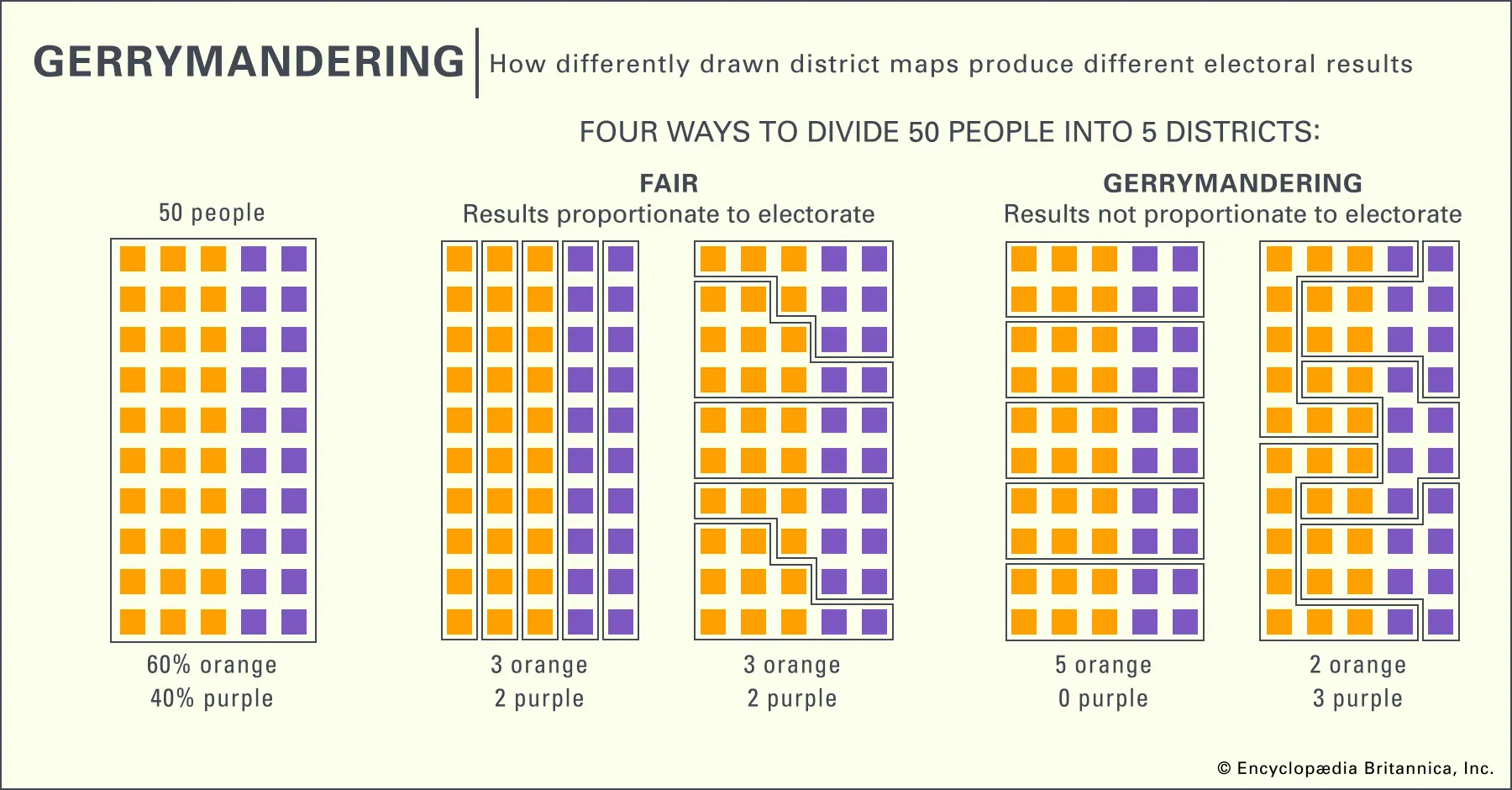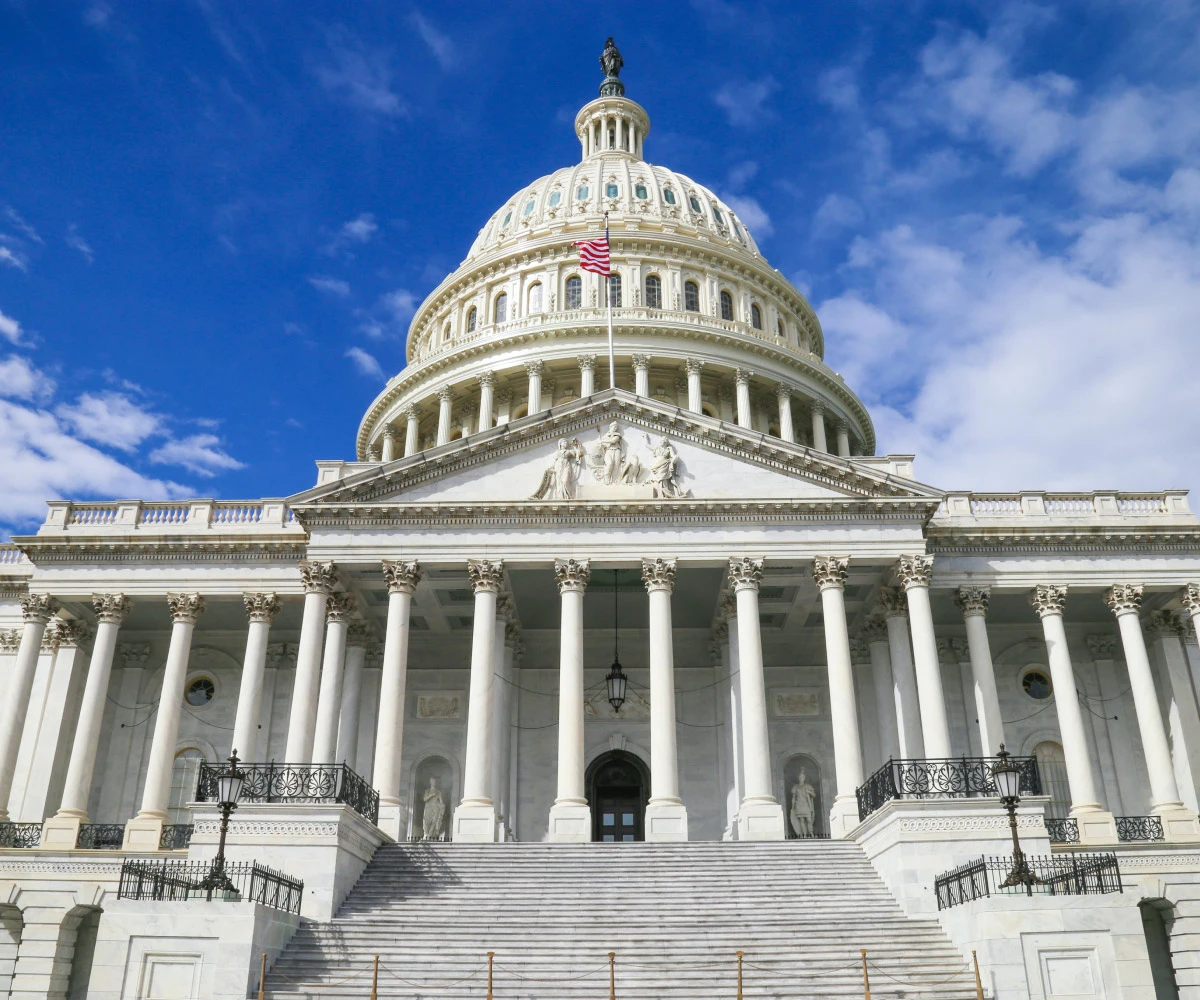Gerrymandering Impact on Representation
Explore the consequences of gerrymandering on political representation and elections. Discover how gerrymandering affects our democracy

The Shadow of Gerrymandering: A Closer Look at its Impact on Political Representation and Electoral Outcomes
Gerrymandering is a term that has become increasingly familiar in today's political discourse. It refers to the manipulation of electoral boundaries to favor one political party or group over another. While it is not a new phenomenon, its consequences on political representation and electoral outcomes have grown in significance over the years. In this blog, we will delve into the intricate web of gerrymandering and evaluate how it shapes the political landscape, often at the expense of fair representation and democratic principles.
Understanding Gerrymandering
Before we assess its impact, it's crucial to understand the mechanics of gerrymandering. Gerrymandering typically takes two forms: partisan and racial. Partisan gerrymandering occurs when one party redraws electoral districts to maximize its chances of winning seats, usually by concentrating opposing voters in a few districts (packing) and spreading out supportive voters into many districts (cracking). On the other hand, racial gerrymandering involves manipulating district lines to dilute the voting power of minority communities.
Impact on Political Representation
Distorted Representation: One of the most evident impacts of gerrymandering is the distortion of political representation. When districts are redrawn to favor one party, it often results in a mismatch between the overall popular vote and the distribution of seats. In such cases, the party benefiting from gerrymandering might secure a majority of seats despite not having the majority of votes. This undermines the fundamental principle of democracy that elected officials should reflect the will of the people.
Reduced Competition: Gerrymandered districts tend to be less competitive. When a district is drawn to heavily favor one party, the other party may be discouraged from fielding strong candidates, leading to a lack of choice for voters. This reduction in competition can stifle political debate and accountability.
Polarization: Gerrymandering can exacerbate political polarization. When districts are safe for one party due to gerrymandering, elected officials are often more concerned about winning their party's primary (where the real competition lies) than appealing to a broader range of voters. This can push politicians to adopt more extreme positions to appeal to their base, further dividing the electorate.
Minority Vote Dilution: In cases of racial gerrymandering, minority communities often suffer from diluted voting power. By fragmenting these communities across multiple districts, their ability to elect representatives who truly represent their interests is diminished. This leads to underrepresentation of minority voices in the legislative process.
Impact on Electoral Outcomes
Incumbency Advantage: Gerrymandering can provide a significant advantage to incumbents. When district lines are drawn to protect sitting legislators, they are more likely to retain their seats, even if they are unpopular or ineffective. This can perpetuate a cycle of entrenched power and limit opportunities for new voices to enter the political arena.
Long-Term Consequences: Gerrymandering can have long-lasting effects on electoral outcomes. Once a party gains control over the redistricting process, they can shape the political landscape for years to come. This can result in a lack of turnover and accountability, as well as a sense of disenfranchisement among voters who feel their votes do not truly matter.
Erosion of Trust: Over time, the perception that elections are manipulated through gerrymandering can erode public trust in the electoral process. When people believe that their votes are systematically devalued, they may become disillusioned and less likely to participate in elections, further undermining the democratic system.
Addressing Gerrymandering: A Path Towards Fair Representation and Better Electoral Outcomes
While gerrymandering poses significant challenges to the integrity of our electoral system, it's important to recognize that efforts to combat it have gained momentum in recent years. Various strategies and reforms are being explored and implemented across the United States to mitigate the impact of gerrymandering. Let's delve into some of these approaches and their potential to restore fairness and representation in our elections.
Independent Redistricting Commissions: One of the most promising solutions is the establishment of independent redistricting commissions. These commissions are designed to remove the influence of politicians from the redistricting process. Instead, they consist of citizens, often selected through a transparent and nonpartisan process, tasked with drawing district boundaries. By depoliticizing the process, independent commissions can help ensure that districts are drawn fairly and without partisan bias.
Transparency and Public Input: Transparency is a key element in the fight against gerrymandering. Requiring transparency in the redistricting process, including making data and maps publicly available, allows citizens to scrutinize the proposed districts and provide feedback. Public input can help hold mapmakers accountable and ensure that the process is as fair and representative as possible.
Judicial Oversight: Courts can play a vital role in addressing gerrymandering. Lawsuits challenging unfair district maps have led to important precedents, and courts have struck down gerrymandered maps in several states. Having an independent judiciary that can review and rectify gerrymandered districts can act as a check on partisan manipulation.
Reform Legislation: Some states have passed legislation aimed at curbing gerrymandering. These laws may establish specific criteria for drawing districts, such as requirements to keep communities of interest together and maintain compact shapes. Reform efforts can vary widely from state to state, but they all seek to create a fairer redistricting process.
Educational Initiatives: Promoting awareness and education about gerrymandering can be a powerful tool. When voters understand the impact of gerrymandering on representation and electoral outcomes, they are more likely to demand change. Educational initiatives can empower citizens to advocate for reforms and engage in the political process more effectively.
Technology and Data Analysis: Advancements in technology and data analysis have made it easier to detect and analyze gerrymandered districts. Tools and algorithms can be used to assess the fairness of district maps, identifying potential signs of gerrymandering and providing evidence for legal challenges.
National Legislation: While most redistricting is done at the state level, there have been discussions about the possibility of national legislation to address gerrymandering. Such legislation could establish minimum standards for fairness in the redistricting process, providing a consistent framework across all states.
Gerrymandering is a critical issue that affects political representation and electoral outcomes. It distorts the democratic process and undermines the principle of fair and equal representation. However, there are various strategies and reforms that can be employed to combat gerrymandering and restore integrity to our elections. By implementing independent redistricting commissions, increasing transparency, engaging the judiciary, passing reform legislation, educating the public, leveraging technology, and even considering national solutions, we can move closer to a more representative and equitable electoral system. The fight against gerrymandering is an essential component of preserving the health of our democracy and ensuring that every citizen's voice is heard in the political arena
What's Your Reaction?
















